Behind the glitz and glamour of every theatre show there’s a full cast of supporting roles off-stage.
Take wardrobe and props—the audience takes it for granted that the performers are going to come on stage looking just right, from the top of the head to the tips of the toes.
But to achieve the right look takes time and skill, not to mention boundless ingenuity at making the most from scant funds.
As Inverness Musical Theatre (IMT) celebrates its 100th anniversary this year, Susy Macaulay visited the company’s huge costume store, and met some of the dedicated backstage staff who, during half of the theatre company’s life, have helped make it alright on the night.
The anniversary show is Singin’ in the Rain
IMT is currently in full swing rehearsing their centenary extravaganza, Singin’ In The Rain, opening at Eden Court on March 26.

With a cast of 55 and countless costume changes, frenetic scenes back stage are guaranteed.
Not to mention the challenge of drying out Don Lockwood’s suit after he sings in the rain every night. Yes, there’s going to be a rain zone, be warned if you have a front row seat!
Chorus and costumes
Marian Armstrong has been in charge of the costume department since 1997, helping out and appearing as a chorus girl before that.
She learned her dressmaking skills at a very young age, sitting beside her mother at the sewing machine.
She says preparing dresses for Singin’ In The Rain this year has been made easier by a production of Desert Song thirty years ago.
Marian said: “All the girls in the chorus and cast got a drop waist flapper dress made for them by the wonderful late John Claudius, a stalwart of the company who directed and acted in many shows.
“He knew how to design dresses and made the dresses for Desert Song out of lining material.
“Because of the era of this show we’re going to be able to use a lot of the same costumes again.”
As a former chorus girl herself, Marian has been able to observe how costumes have changed down the years.
Oklahoma!
She said: “In 1993 I was in the chorus for Oklahoma! and we all wore gingham skirts, very uniform, just in different colours.
“When we came to do the show again in 2008, they didn’t want the same uniformity, maybe a bit of gingham, but more individual.
“Things are constantly evolving, new directors, different views.”
Oklahoma! was the show of choice too in 1961, not long after long-term volunteer Maureen Pringle joined Inverness Opera Company.
Maureen performed in the show wearing a black and white spotted dress, still looking as good as new in the costume store after 54 years.
She was delighted to be reunited with the dress during our visit.
Apart from performing and producing, Maureen has spent hours making costumes and knows all the tricks of the trade.
She said: “I had been doing costume in Aberdeen for student shows and learned the tricks of the trade there.
“Using a neutral thread colour was a big time-saver as you never bothered changing the thread.
“It doesn’t matter what colour the costume is, you can’t see the thread from the audience.
“Another thing is that if a white costume has gone yellow with age, it doesn’t matter because once lit on stage it looks brilliant white again.
“And when you asked the actors for their measurements, you never believed them, you always measured.”
Marian agrees.
“Someone would say I’m a 32” waist, and you’d say, aye, but where is your waist?
“I remember one show, Legally Blonde, by the end of rehearsals three of the girls were pregnant, a fitting nightmare!”
‘Men are getting too large’
Men pose their own problems when it comes to fittings.
“Men are getting too large,” said Maureen. “Especially for evening dress.
“One time we had a particularly large leading man and we had to put two tailcoats together so he had four tails instead of two, the audience never noticed.”
A cardinal rule is that the actor’s hair must be the right shape for the period or it looks plain wrong.
Long-time costume assistant Anne Harvey used her hairdressing skills in many a production.
She said: “I used to do all the period hairstyles.
“I’d do a chorus of 16 in about twenty minutes, putting hair pieces on them.
“Maybe they would have ringlets, depending on whether it was afternoon or evening.
“I’d often use my own wigs, and we’d inherit other people’s wigs.”
Flower power
Anne often deployed one of her superpowers, the art of making crepe paper flowers of all colours and sizes.
Many of the flowers she and co-conspirator Stella Reynolds made years ago are still in use today, barely faded.
Anne said: “They have multiple uses, carnations for lapels, accessories for hats, hair ornaments.”
A rummage in the store reveals fur coats, uniforms and glamorous dresses aplenty, with box upon box labelled grass skirts, short capes, white dresses, pirate hats, graduation robes, men’s long white shirts, underskirts, coloured sashes… to name but a few.
Marian said: “Versatility in costumes mean they can be used over and over again, we just tart them up with different things.
“Some of the girls say, oh we’re not getting them again are we? They’re so fed up with them.”
One particular costume is a treasure, an original Victorian dress used in one of the first shows in 1925.
Marian said: “I don’t know how Victorian women were comfortable with the amount of clothes they had to wear, corsets, big petticoats.
“We have other Victorian costumes, but they’re very fragile now with the fabric starting to disintegrate, but this one is still in very good condition.”
Costumes requiring lots of fabric are a boon to the seamstresses over the long term.
“Desert Song was quite a challenge with all the sheiks, but again we got a lot of costumes from that.”
The vital importance of ingenuity
The need for resourcefulness shows itself in many ways.
Marian said: “Charity shops are useful. One time I was in Glasgow and I went into every charity shop I could find in Dumbarton Road and came back with ten of those bias cut dresses that were fashionable at the beginning of the last decade.
“We used them in Me and My Girl in 2016.
“Last year we priced up renting 12 camouflage army trousers and they were going to be £25 each.
“I just got a load of camo fabric and made twelve out of a pyjama pattern for £60.”
George and Stella Reynolds have also put many hours in backstage at IMT over the decades.
While Stella worked on costumes and accessories, architect George would be designing and building sets and props.
George said: “Props used to be made in one of the huts at the old Glen Albyn Distillery where B&M now is.
“We also made sets in the old Leys school, and for a number of years were given the use of the civil defence bunker at Raigmore.
“When I walked in it was as if the war had just finished, the old military chairs still there.
“It was a horrendous place to work, but there was lots of space.
“It was eerie too, I did a lot of work on my own there.”
Thanks to a combination of funding and savings, IMT now has its own custom-built costume and props building in Dalneigh, complete with all-important ventilation and fans to keep everything dry.
It comes with its own costs though as IMT director Matthias Kremer explained.
“We need to pay for electricity, rates, security, maintenance and cleaning.
“But we have such a good catalogue of costumes, sets and props here that we can always dip into it before looking elsewhere.”
Maureen Pringle, Anne Harvey, Marian Armstrong, Stella Reynolds and George Reynolds are honorary life members of Inverness Musical Theatre.
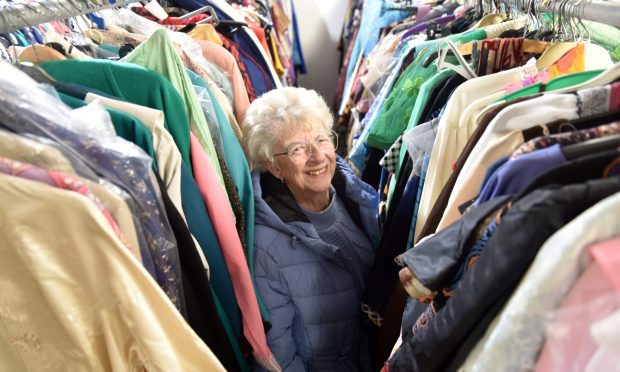
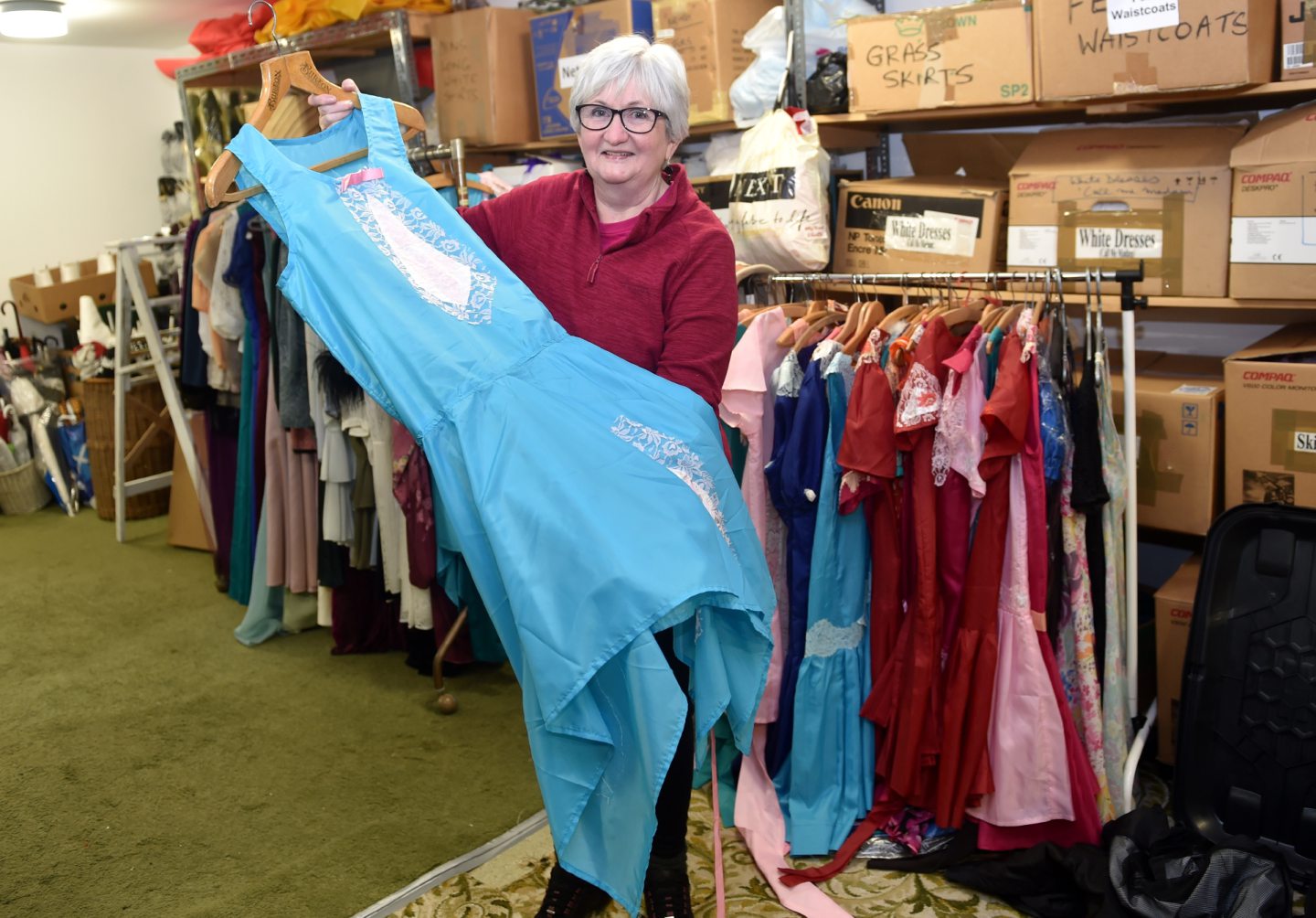
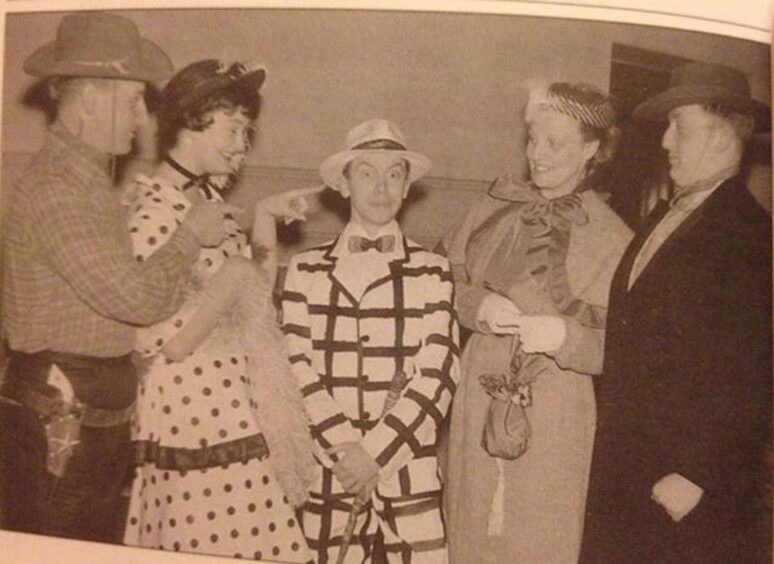
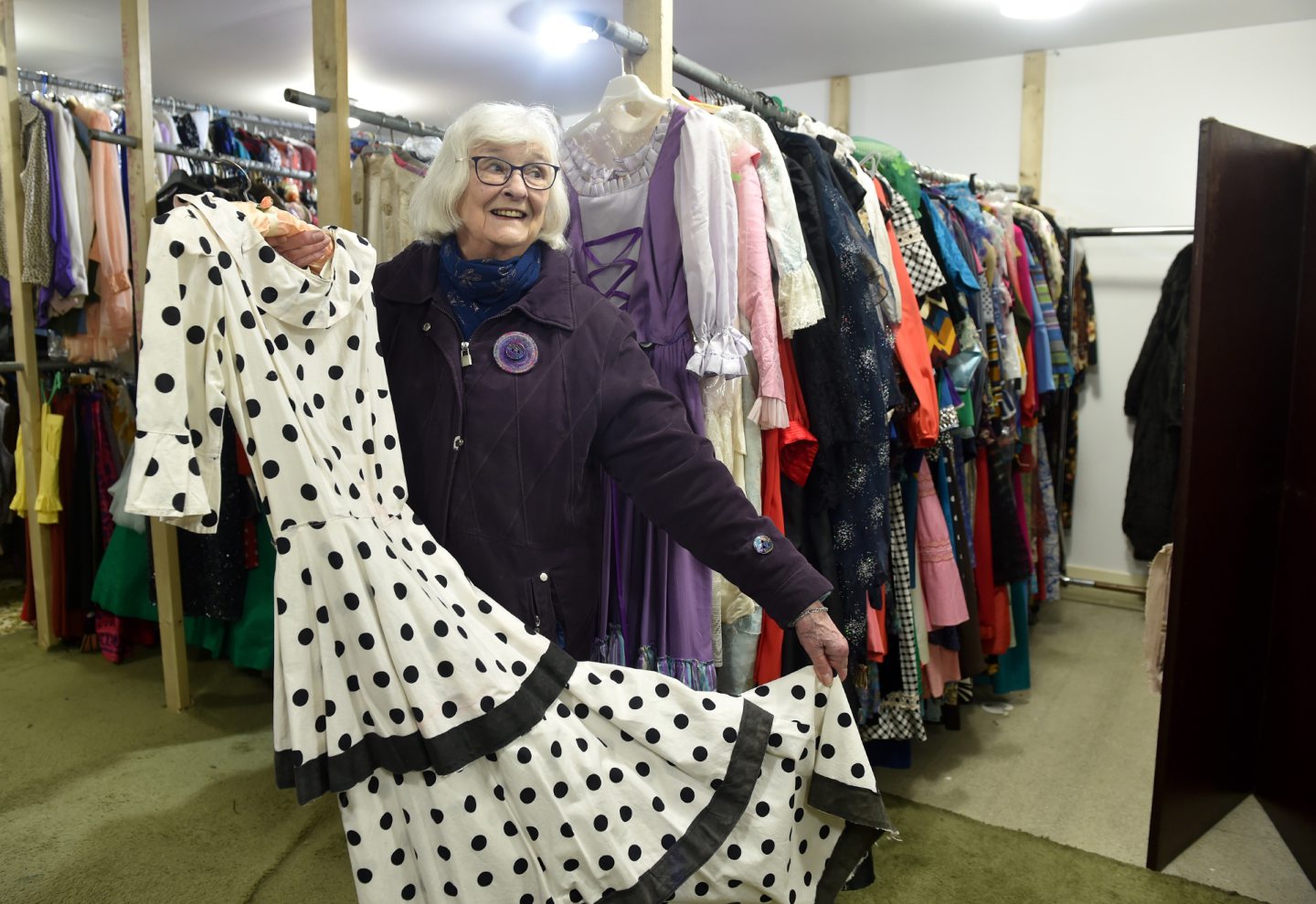
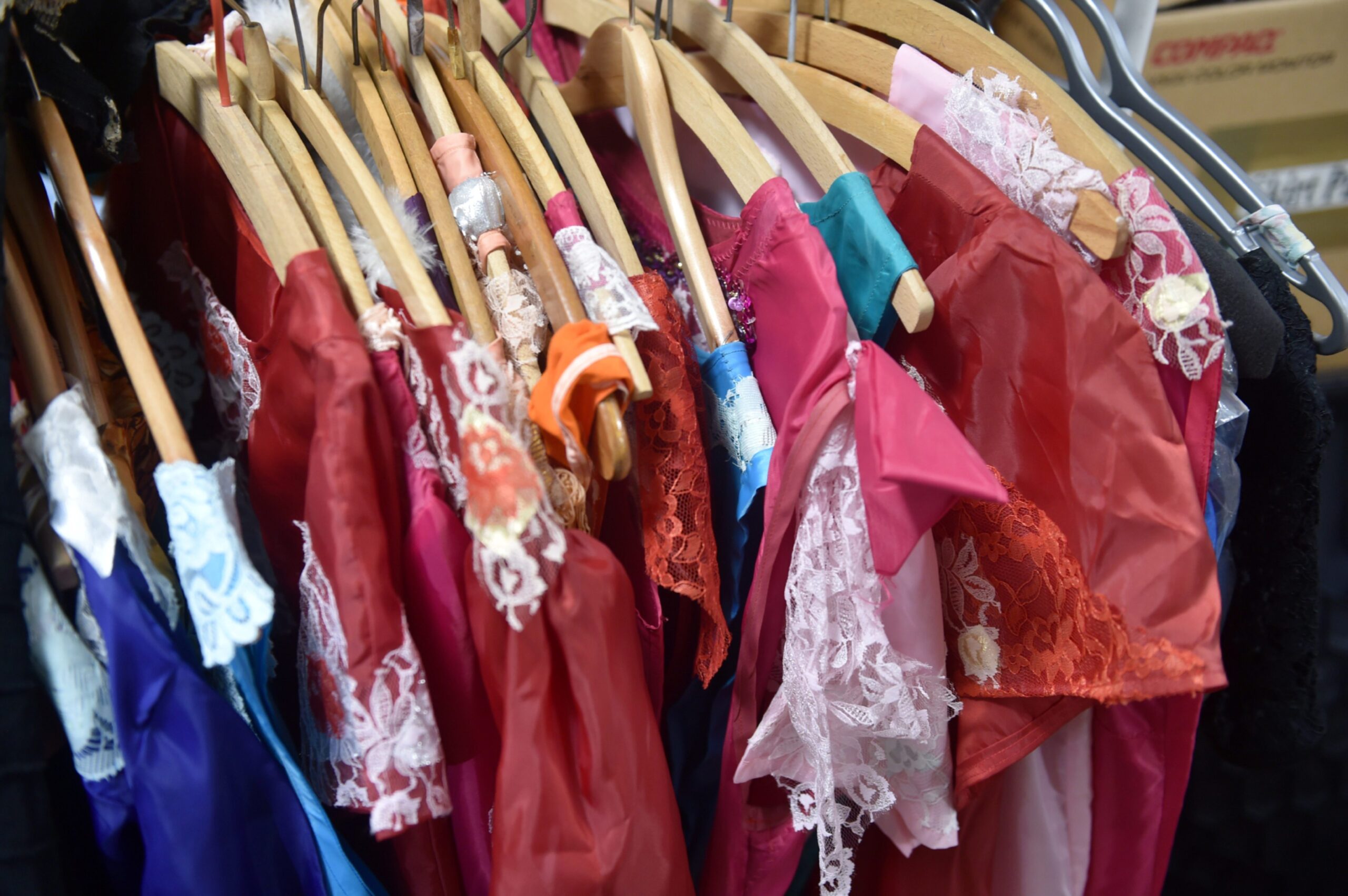
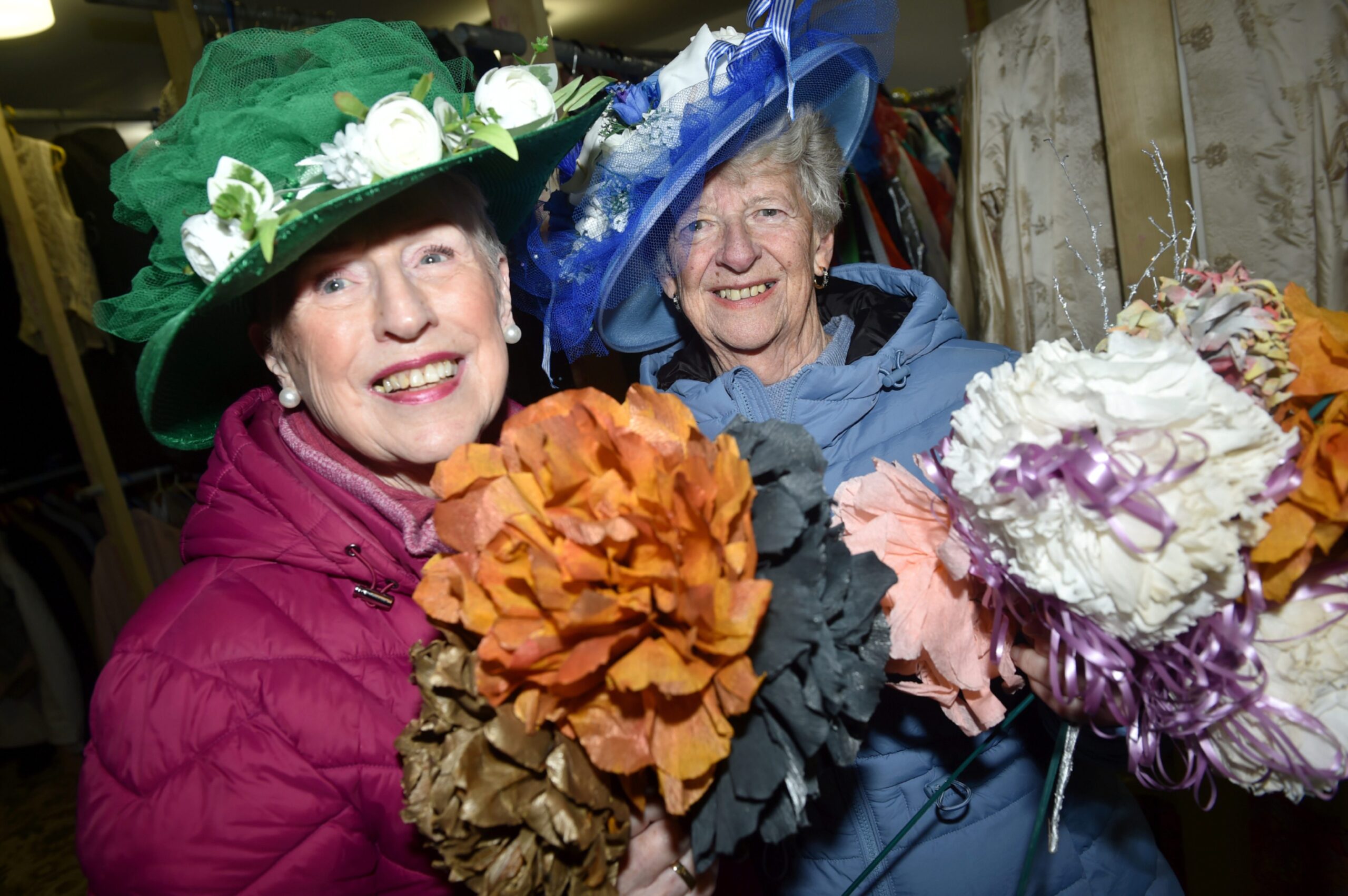
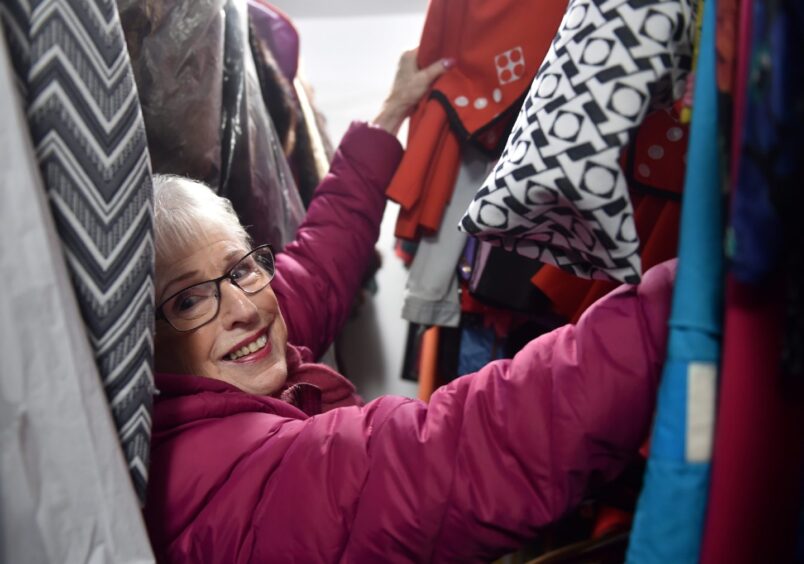
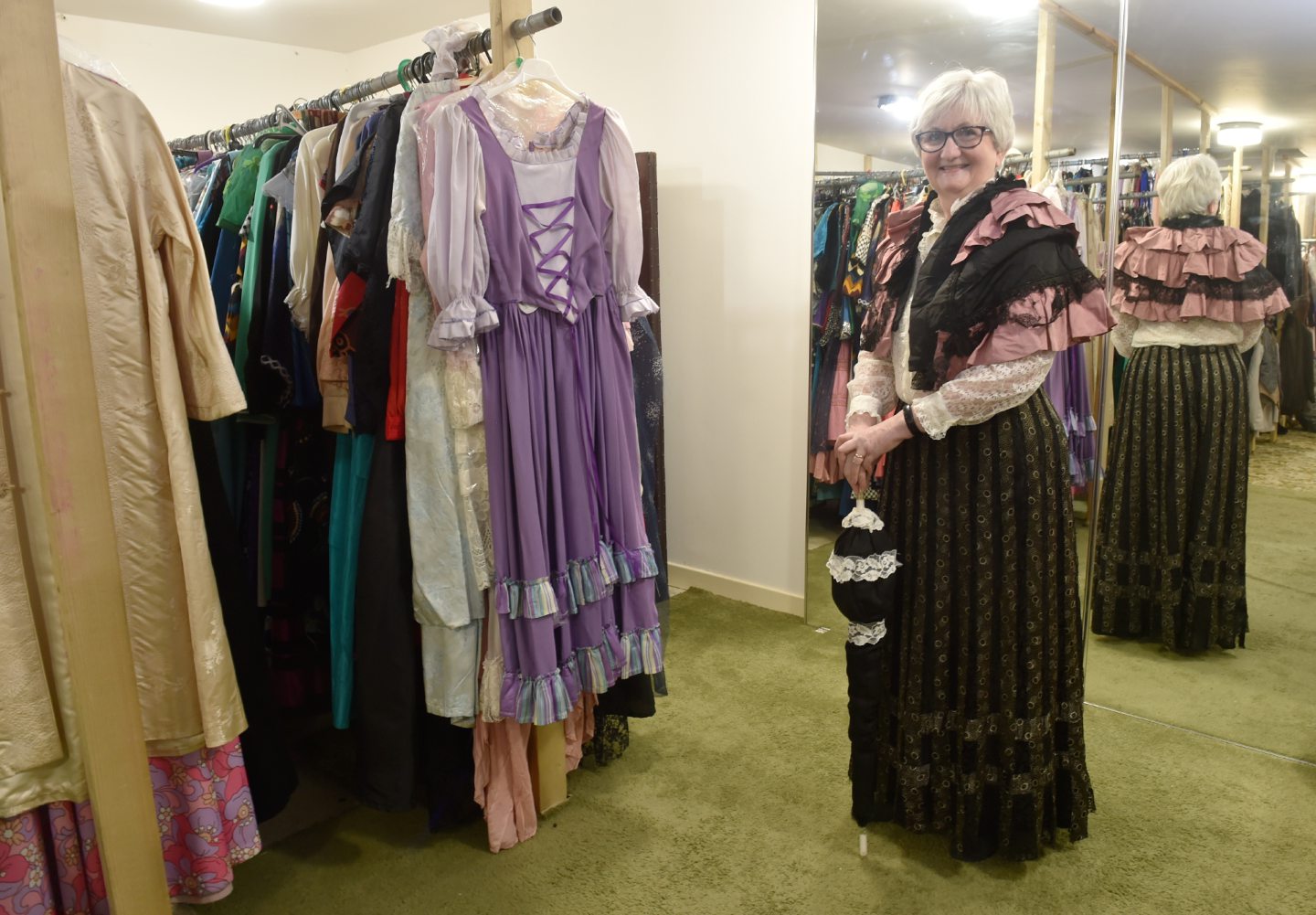
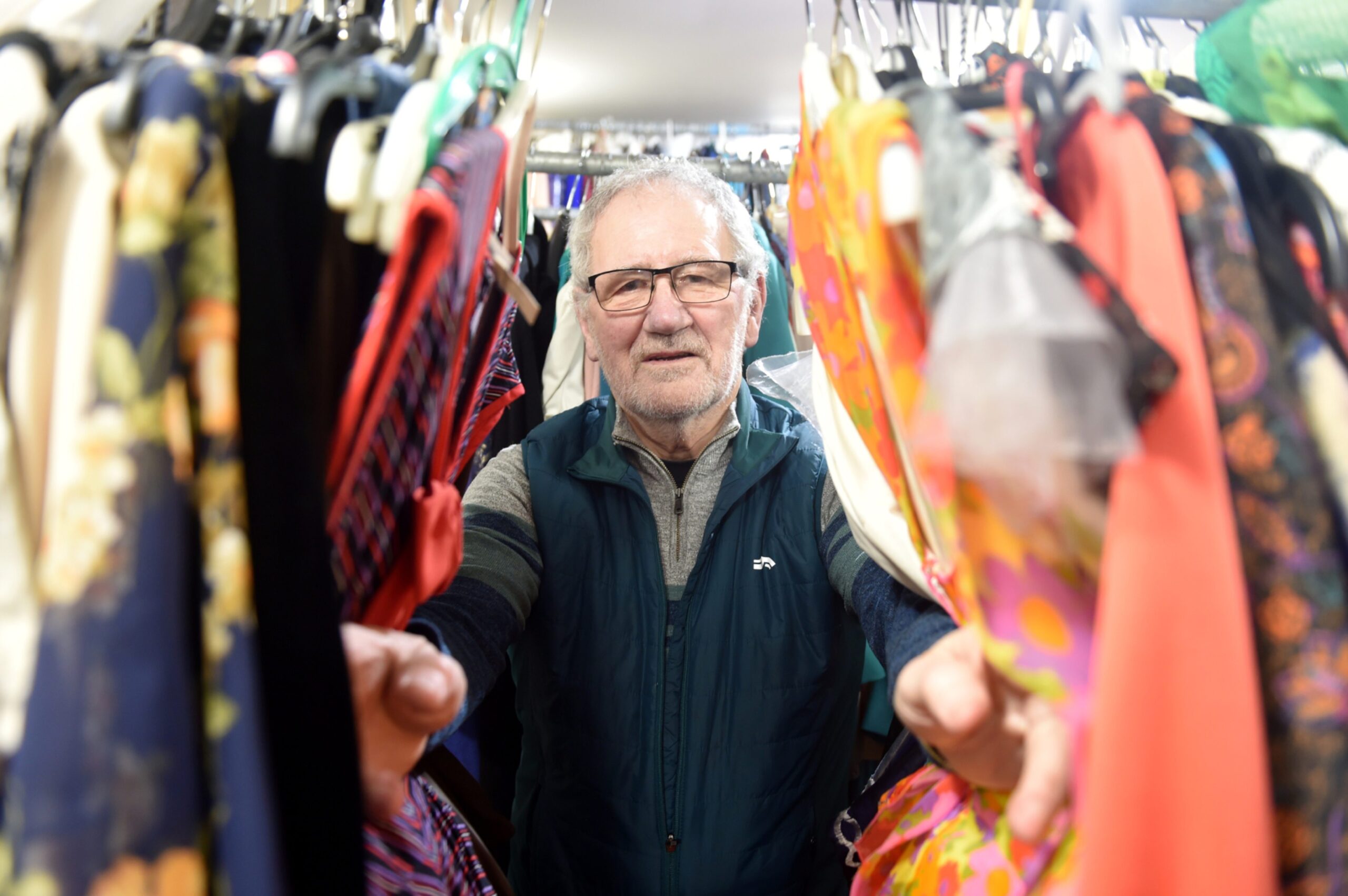
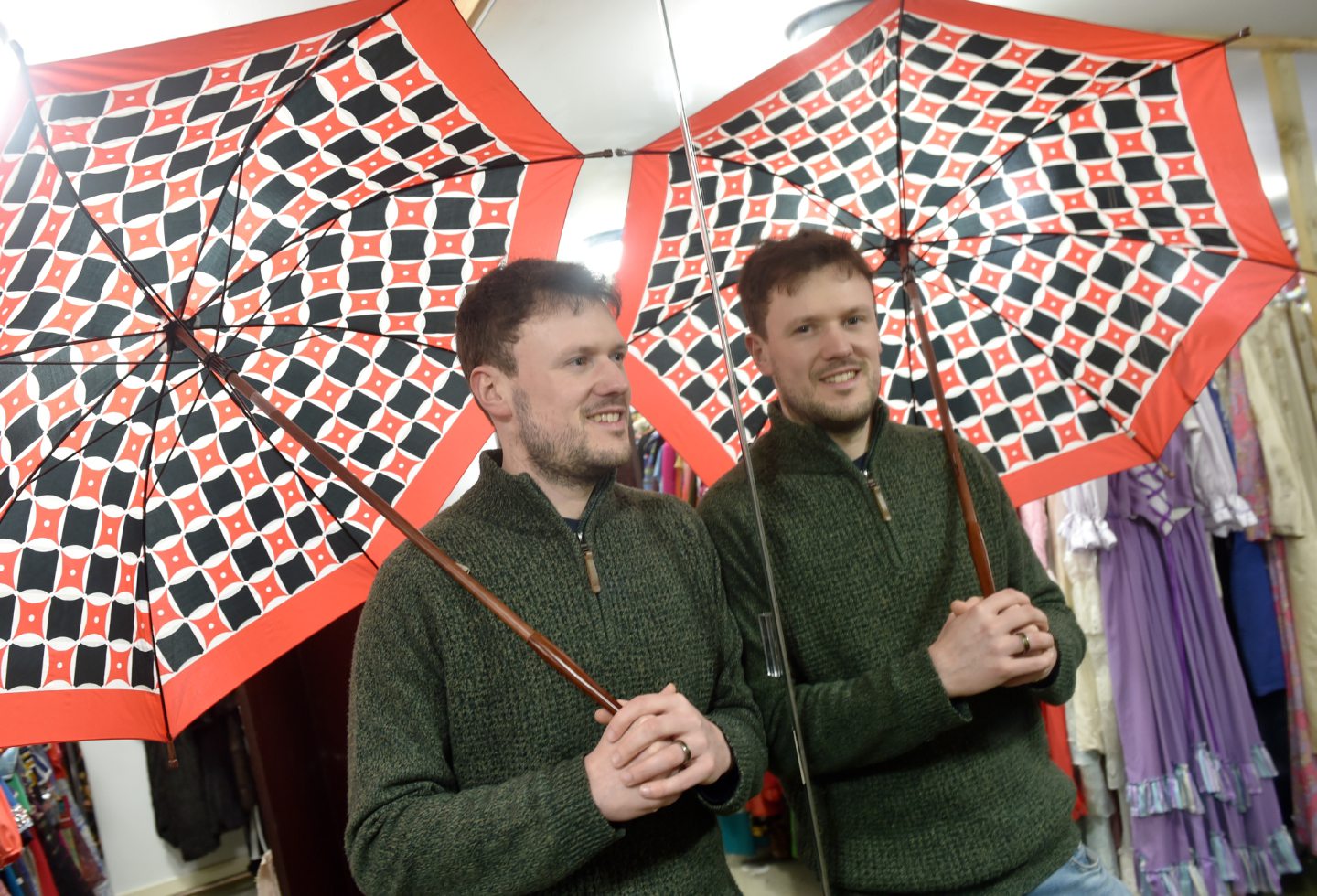
Conversation